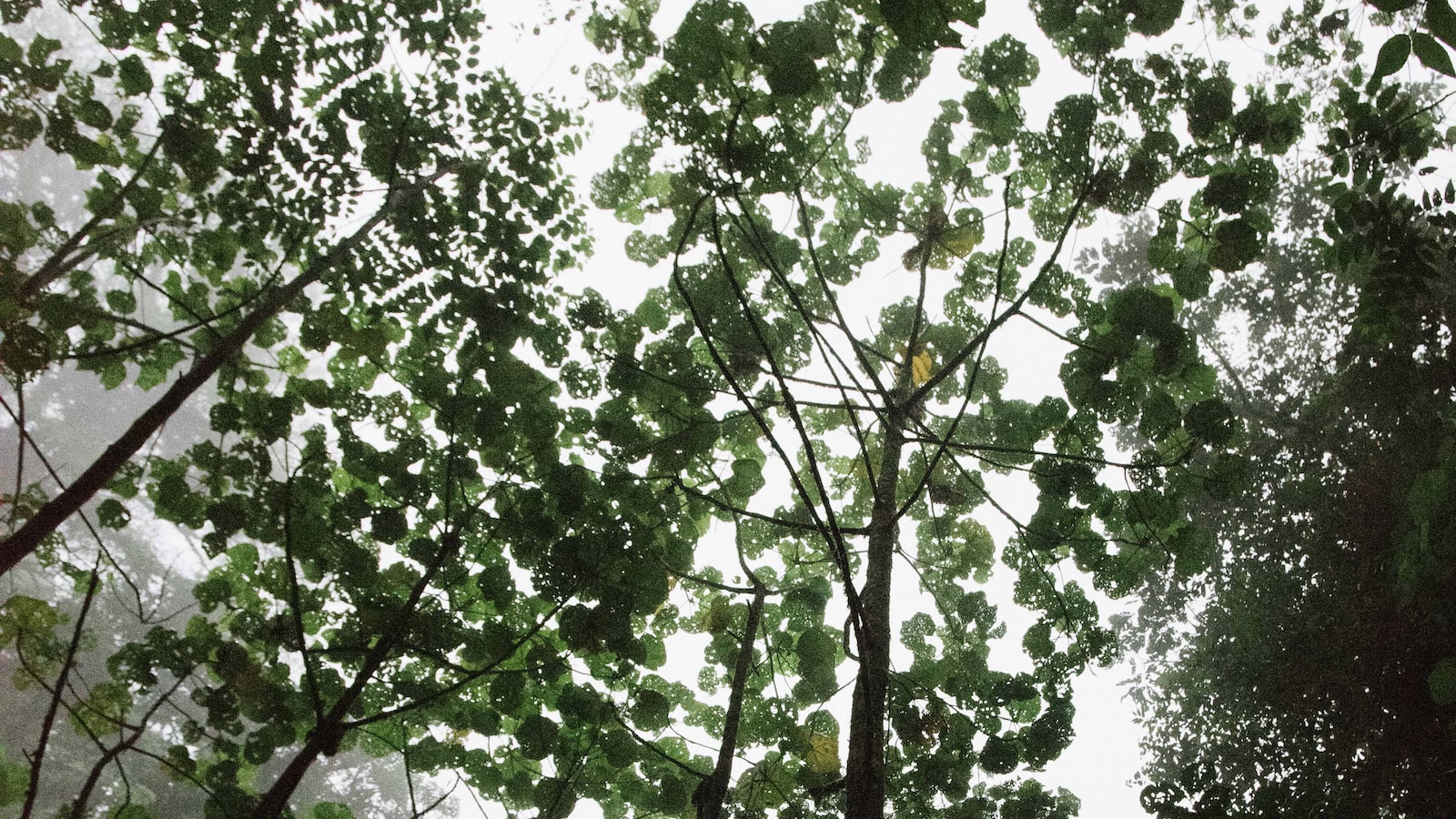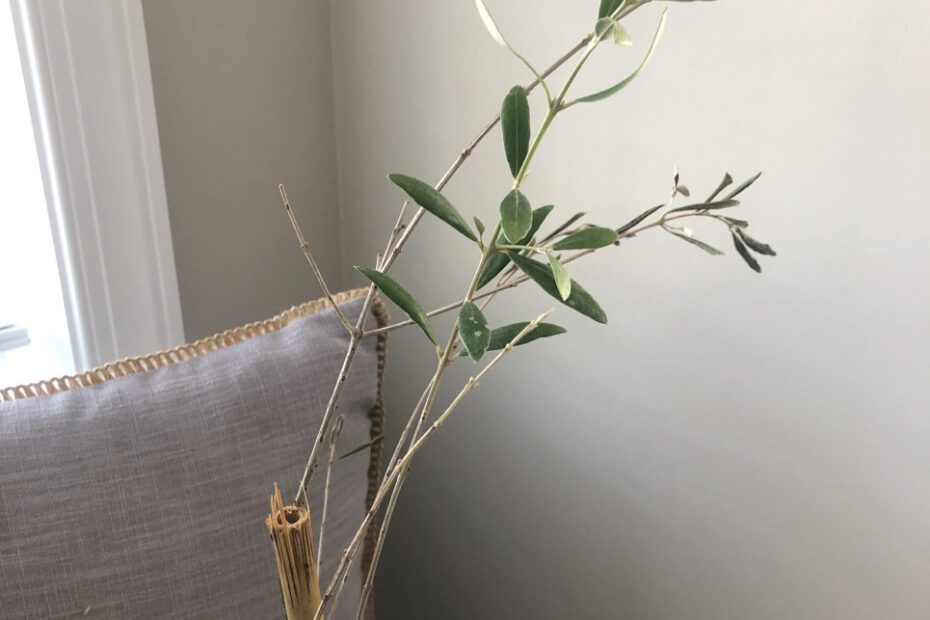Gone are the days of endless sun-kissed branches, gracefully swaying in the gentle Mediterranean breeze. The once vibrant emerald canopy now seems to withdraw its verdant charm, shedding a cascade of leaves like tears of autumn. A perplexing spectacle, indeed. If you, like many others, find yourself gazing at your olive tree wondering why it has decided to undress so abruptly, fret not, curious gardener, for we shall embark on a journey of inquiry together. Exploring the intricacies of nature’s whims, we delve into the heart of the matter, uncovering the enigma behind the leafy exodus that has befallen your beloved olive tree. Let us uncover the veiled secrets that lie beneath the surface, as we seek to understand the lament of these fallen leaves.
Wilting and Dropping: Understanding the Causes Behind Leaf Loss of Olive Trees
Experiencing leaf loss in your beloved olive tree can be concerning, but fear not, as there are a variety of factors that can contribute to this phenomenon. To identify the specific cause behind the leaf loss, it is crucial to consider a multitude of potential reasons, ranging from environmental factors to pests and diseases.
Environmental Factors:
- Watering: Over or under watering can lead to leaf loss. Check the soil moisture levels regularly to ensure it is neither too dry nor saturated. Proper drainage is necessary to prevent root rot.
- Temperature: Olive trees are susceptible to extreme temperatures. Freezing conditions or excessive heat can cause leaf wilting and loss. Consider protecting your olive tree during harsh weather is a must.
- Sunlight: Lack of sunlight or sudden changes in light exposure can stress the tree, resulting in leaf loss. Ensure your olive tree receives adequate sunlight for healthy growth.
Pests and Diseases:
- Olive Fruit Fly: This common pest lays eggs on the olives, causing them to rot and leading to leaf loss. Implement proper pest control measures to protect your olive tree.
- Olive Leaf Spot: A fungal infection that results in yellowing and dropping of leaves. Regularly inspect your tree for any signs of disease and apply appropriate treatments.
- Rust Mite: These tiny pests feed on olive leaves, causing them to wither and fall prematurely. Stay vigilant and use suitable insecticides to combat rust mite infestations.
| Features | Tips |
|---|---|
| Prune regularly | Pruning helps remove dead or diseased branches, promoting healthier leaf growth. |
| Fertilize appropriately | Providing the right nutrients ensures the overall health of your olive tree, preventing leaf loss. |
| Monitor moisture levels | Check the soil regularly and adjust watering accordingly to maintain a balanced moisture level. |

Uncovering Environmental Stressors: A Deep Dive into Common Culprits for Olive Tree Leaf Loss
Olive trees are known for their resilience and longevity, making it disheartening to witness leaf loss on your tree. However, understanding the environmental stressors that contribute to this issue can help you address it effectively. By taking a deep dive into the common culprits of olive tree leaf loss, you can uncover the underlying causes and take appropriate action to restore your tree’s health.
One of the primary reasons olive trees may shed leaves is due to inadequate watering. These trees prefer dry conditions but still require regular watering to thrive. Over-watering can suffocate the tree’s roots, leading to leaf loss, while under-watering can result in water stress, causing the leaves to wither. Finding the perfect balance in watering frequency, ensuring proper drainage, and using mulch around the base of the tree can help maintain the optimal moisture level for healthy leaf growth.
Features and Tips:
| Feature | Tip |
|---|---|
| Pruning | Regularly prune your olive tree to stimulate new leaf growth and remove any dead or diseased branches. |
| Pest Control | Check for common pests like olive fruit flies and treat them promptly to prevent leaf damage. |
| Nutrient-rich Soil | Ensure your olive tree is planted in well-draining, nutrient-rich soil to support healthy leaf development. |
Identifying and addressing the environmental stressors that contribute to leaf loss is crucial for the vitality of your olive tree. By following the features and tips mentioned above, you can provide the necessary care and create an environment conducive to leaf growth and overall tree health.

Revitalizing Your Olive Tree: Effective Strategies to Prevent and Treat Leaf Loss
One of the most common concerns olive tree owners have is when their beloved tree starts losing its leaves. It can be quite disheartening to see your once vibrant and green tree slowly shedding leaves. However, there are several effective strategies you can implement to prevent and treat leaf loss, ensuring your olive tree remains healthy and thriving.
First and foremost, proper watering is crucial in maintaining the health of your olive tree. Overwatering or underwatering can both lead to leaf loss. To prevent this, make sure to water your tree deeply and infrequently, allowing the soil to dry out between each watering. Additionally, providing adequate drainage for your olive tree is essential to prevent waterlogging, which can cause root rot and leaf loss. Another key aspect in revitalizing your olive tree is ensuring it receives the appropriate amount of sunlight. Olive trees thrive in full sunlight, so make sure to place your tree in an area with at least six to eight hours of direct sunlight per day. Pruning your tree regularly can also promote better air circulation and sunlight penetration, preventing disease and reducing the risk of leaf loss. Lastly, providing your olive tree with a well-balanced fertilizer can greatly benefit its overall health and leaf production. Consult with a horticulturist or expert to determine the ideal fertilizer composition for your tree. Remember, a happy and nourished olive tree is less likely to experience leaf loss.
Empowering Your Olive Tree: Expert Tips for Optimal Leaf Health and Growth
Why is My Olive Tree Losing Leaves?
Are you worried about your olive tree shedding its leaves? Don’t despair! Olive trees, like any other plant, can experience leaf loss for various reasons. Understanding the underlying causes and implementing the right measures can help empower your olive tree and ensure optimal leaf health and growth.
Poor Drainage: Inadequate drainage is one common culprit behind leaf drop in olive trees. To prevent this, make sure your tree is planted in well-draining soil and avoid over-watering. Providing proper drainage allows the roots to access the right amount of water, reducing the risk of leaf loss.
Pest Infestation: Pesky insects like scale insects, spider mites, or aphids can cause significant leaf damage. Regularly inspect your olive tree for signs of infestation, such as discolored or distorted leaves. Utilize natural remedies or consult with a professional to eliminate these pests and keep your tree healthy.
| Features/Tips | Description |
|---|---|
| Pruning | Regular pruning helps improve air circulation and sunlight penetration, reducing the risk of fungal diseases and promoting healthy leaf growth. |
| Proper Nutrition | Ensure your olive tree receives adequate nutrients, especially nitrogen, phosphorus, and potassium. Fertilize during the appropriate season to promote strong root development and vibrant leaves. |
| Protect from Harsh Weather | Shield your olive tree from extreme temperatures, frost, or strong winds, as these conditions can stress the plant and cause leaf loss. Use protective covers or relocate potted olive trees during adverse weather. |
Frequently Asked Questions
Q: Why is my olive tree suddenly staging a colorful autumn display?
A: Ah, the marvelous mystery of nature! Your olive tree might be losing leaves due to a change in seasons, stress, or an underlying issue. Fear not, though, as we unravel this enigma just for you.
Q: Could my olive tree’s leaf-drop be a result of a rebellious rebellion against its elegant aesthetics?
A: Well, intriguing as it may sound, olive trees don’t typically go rogue on their visual appeal. Leaf loss in olive trees can be triggered by factors like inadequate watering, pests, diseases, or simply an indication that your tree needs a little TLC. Time to play detective and figure out the root cause!
Q: Can the melancholic departure of my olive tree’s leaves be a sign that it wants to quit the gardening business altogether?
A: Not so fast! While shedding leaves can appear disheartening, it doesn’t necessarily mean your trusty olive tree is bidding farewell to its arboreal career. By pinpointing the reasons behind leaf loss, addressing them patiently, and tending to your tree’s needs, you can turn the sad goodbye into a flourishing hello. Keep your green thumbs ready! As we bid farewell to the puzzling phenomena of leaf loss on our beloved olive trees, one thing remains abundantly clear: nature’s mysteries never cease to amaze us. From the beginnings of time, trees have been sources of fascination, embodying resilience and wisdom that surpasses our mortal understanding. So, fear not, fellow olive enthusiasts, for even though leaf loss may momentarily befuddle us, the ancient olive tree shall prevail.
In this humble quest for clarity, we have delved into the realms of botany, horticulture, and folklore, seeking answers to the age-old inquiry of “Why is my olive tree losing leaves?” Through this exploration, we have unraveled the intricate tapestry woven by nature’s hand and discovered a multitude of factors contributing to this silent shedding.
From common culprits such as environmental stressors to unforeseen challenges lurking in unsuspecting corners, the reasons for leaf loss prove as diverse as the olive tree’s gnarled branches itself. It is in these moments of perplexity that we find ourselves humbled, marveling at the delicate and balanced dance between the tree and its surroundings.
Immerse yourself in the story of your olive tree, attune your senses to the cadence of its growth, and embrace the empowering knowledge that accompanies each fallen leaf. For as the great bard Leonardo da Vinci once mused, “In the end, the olive tree will not cease to bear fruit, or the human soul to search for answers.”
So, dear reader, as we part ways, we extend to you an olive branch of understanding, encouraging you to navigate the seasons of your precious olive trees with renewed wisdom. Though uncertainty may cast its fleeting shadows, remember that behind every leaf lost lies a lesson waiting to be learned.
Take solace in the resilient spirit of the olive tree, for it is within its very essence that we find solace and inspiration. And let us walk away, humbled yet inspired by the evergreen guardians of nature, embracing the ebb and flow of life, knowing that every leaf gifted to the earth is but a step closer to shaping our collective understanding of this intricate world we call home.
- When to Put Weed and Feed on Lawn in Michigan - October 16, 2023
- When to Fertilize Potatoes Plants - October 16, 2023
- Can You Plant Clover in the Spring - October 16, 2023
Contents
- 1 Wilting and Dropping: Understanding the Causes Behind Leaf Loss of Olive Trees
- 2 Uncovering Environmental Stressors: A Deep Dive into Common Culprits for Olive Tree Leaf Loss
- 3 Features and Tips:
- 4 Revitalizing Your Olive Tree: Effective Strategies to Prevent and Treat Leaf Loss
- 5 Empowering Your Olive Tree: Expert Tips for Optimal Leaf Health and Growth
- 6 Why is My Olive Tree Losing Leaves?
- 7 Frequently Asked Questions

